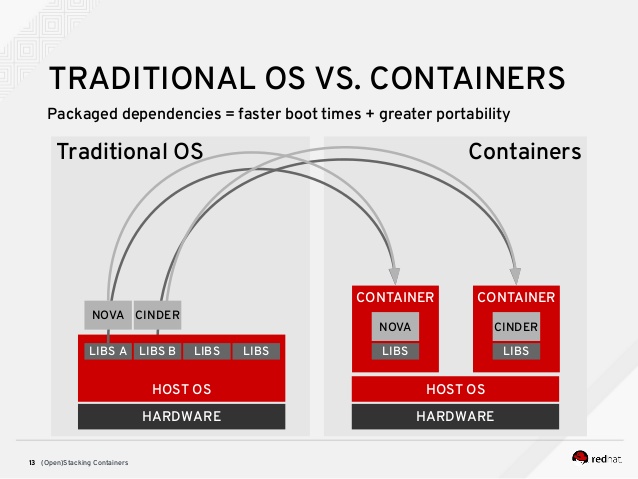Container
-
This is a self contained package that contains everything that your binary/application need to run.
Only 1 Application can run inside container and all its dependent libraries. Each container has its own: Network interface, IP address, file system, All containers share the kernel of the host.
Isolation(achieved using kernel namespace, cgroups) processes running on single host. Isolated from other processes

|

|
Issues without containers?
-
1. Application-1 developed have dependency on a shared library(libcv1) that isn’t available on production OS or different version is available(libcv2)
2. Multiple applications on a 1 machine require all programs to share same versions of shared libraries on production system, which makes application tightly coupled
Container vs VM
| Container | VM | |
|---|---|---|
| size | smaller | Bigger wrt container |
| capability | smaller | Bigger wrt container |
| What | Pacakaged s/w | Copy of OS |
Advantages
-
1. lightweight Use less memory:* Simple web application running inside container takes 100MB space.
2. Secure: Reduces the chance that malicious code present in one container impacting other containers or invade the host system.
3. Portable: abstraction from the host operating system makes containerized applications portable ie able to run on any OS,VM.